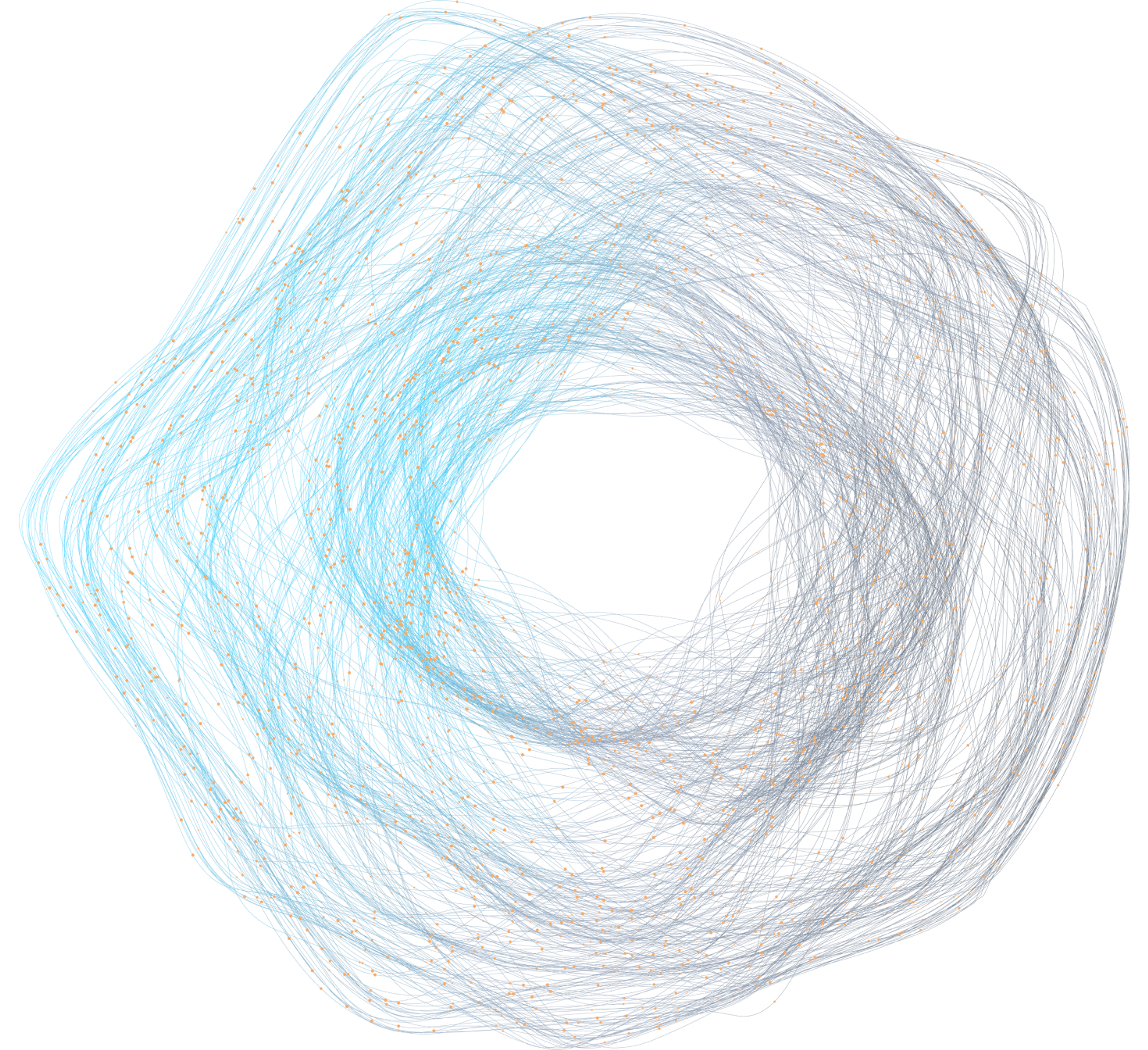article
The Medicare Plan Finder Launch That Left Everyone Scrambling: Lessons for Payers

SECTIONS
While businesses everywhere were scrambling through this week’s AWS outage, you faced your own version of technical chaos as CMS rolled out its new provider directory as a resource for seniors shopping for Medicare Advantage during open enrollment. The update was supposed to protect patients from “ghost networks”—those lists of in-network doctors who aren’t actually accepting patients or don’t exist.
Unfortunately, the launch served more chaos than clarity. The provider directory tool produces mixed results, according to an investigation by The Washington Post.
Without a unified provider directory, anyone shopping for a Medicare Advantage plan had to hunt through dozens of separate health plan websites to compare plans. But even with the new directory, users quickly discovered that results didn’t always add up. They ran into duplicate provider listings, inaccurate addresses, and doctors who appeared both in-network and out-of-network at the same time. Sometimes the directory said a provider was covered under a plan—only for later pages to mark that same provider as out-of-network. Independent Medicare experts testing the tool this week picked up on many of these same mix-ups.
When Aggregation Isn’t Enough
CMS tapped a third-party vendor to aggregate provider directory data from health plans, pipe it into MPF, and let online shoppers navigate with more confidence. The problem? Aggregating data doesn’t mean the data is suddenly accurate, complete, or trustworthy. Pull enough records from enough sources and you end up with a jumble of outdated, mismatched, and conflicting entries.
Aggregation, on its own, is just moving piles of data around. When provider directories are compiled without rigorous validation, data hygiene, or cross-domain consistency checks, everyone loses. Patients are routed to the wrong offices. Providers struggle with outdated credentials. Health plans face compliance risks, wasted administrative resources, and regulatory pressure that can’t be solved with another database import.
Other shortcomings with the tool include the inability to allow users to search by hospitals or skilled nursing facilities. The tool is also limited to searching for providers within 50 miles, while many rural patients must travel farther than that to find a doctor.
The Real Cost of “Ghost Networks”
For members, ghost networks mean wasted time and anxiety. Imagine being referred to five doctors—four turn out to be unreachable or not accepting new patients, and the fifth doesn’t have your insurance info right. For payers, it's worse: bad provider data undermines network adequacy, triggers complaints, and opens up the risk of fines and audits. Regulatory bodies like CMS recognize this and now hold technology partners publicly accountable for breakdowns, but accountability isn’t the same as fixing the core problem.
How Gaine HDMP Solves More Than Just Aggregation
Aggregating data is step zero. You need every subsequent step—deduplication, validation, normalization, and synchronization—to turn the raw provider data into practical, reliable information you and your members can actually use.
Gaine’s Health Data Management Platform (HDMP) is designed precisely for these challenges:
1. Mastering Provider Data—Not Just Collecting It
Instead of just pulling data together, Gaine HDMP uses advanced matching—deterministic, probabilistic, and machine learning approaches—to resolve duplicates, scrub out errors, and create a singular record for each provider. Discrepancies like mismatched addresses, outdated specialty info, and incorrect network status are flagged and resolved by configurable rules. On top of that, we enrich and validate every provider record against trusted sources—cross-checking state license databases, DEA numbers, NPI registries, and other authoritative records to make sure your data is current, correct, and fully verifiable. This means your provider directories are fed by a “single source of truth.”
2. The Largest and Most Granular Health Data Model Available Anywhere
Gaine’s comprehensive, granular health data model gives you the flexibility to track any provider type, specialty, or facility—not just doctors, but hospitals, clinics, and skilled nursing locations as well. While a problem like a clunky interface or fixed search radius is outside the scope of what a data platform can solve directly, Gaine’s approach ensures the underlying data is always complete, deeply structured, and ready for robust search and analytics—so you or your technology partners can build tools that serve rural patients, specialty searches, or broader member needs with fewer limits.
This means the data model can support advanced search criteria—even if the public-facing tool needs UX upgrades to fully deliver on what your data makes possible. The real win: When CMS, a partner, or your own analytics team decide to improve the user experience, you’re already prepared. The data foundation is ready for anything.
3. Real-Time Synchronization and Context
Provider data isn’t static. It changes constantly. Gaine HDMP tracks, audits, and updates every record as it moves between credentialing, billing, scheduling, and reporting systems. Changes are synchronized, so every system that relies on provider data—your public provider directory, your internal roster, and your claims operations—gets exactly the right version for its specific need. You don’t just “move” data. You keep every system up to date, with full lineage and history for compliance and downstream analytics.
4. Granular Data Governance
Every payer, provider group, or health system has its own data rules. With Gaine, you set governance policies at the field, system, or use-case level: who can override data, what qualifies as “best value,” which source is most trusted, and what happens when exceptions occur. Instead of blanket rules that ignore context, you shape the data to fit operational, regulatory, and user realities—always auditable, always controlled.
5. Data Stewardship Built In
Gaine’s platform includes a dedicated console for business users, not just IT teams. Data stewards can review, edit, and approve changes directly, with hands-on tools to resolve flagged issues. Automated workflows catch and flag unusual changes, so sensitive situations—like revoked communication permissions or newly updated contact information—don’t lead to accidental privacy breaches or messages being sent to the wrong person.
6. Compliance and Operational Efficiency
Gaine HDMP keeps you in stride with emerging regulations, from attestation modules that let providers confirm and correct their profiles, to data audit trails for every change. This isn’t one more layer of manual work—it’s streamlined automation that reduces administrative overhead, cuts down costly errors, and accelerates onboarding, reporting, and claims.
What You Gain With Gaine (And Why Aggregation Isn’t Enough)
You have the choice: simply aggregate data and hope for the best or invest in a platform that actively makes your data correct, clean, and consistent across your entire ecosystem. Gaine’s clients—major health plans, integrated delivery networks, provider groups—see not just short-term fixes, but a lasting foundation for operational improvement. Among tangible results:
- Improving directory accuracy so patients are matched to the right care the first time, every time
- Moving dozens of data employees from tedious manual updates to focusing on higher-value, more strategic work.
- Cutting secondary data stores by thousands—eliminating manual “spreadsheet gymnastics”
The Next Step
The lesson from the MPF rollout is clear: you can’t build reliable provider directories by simply combining what you already have. To move forward, you need more than aggregation. You need mastery—continual correction, cleansing, and context-rich integration. Gaine HDMP completes the work aggregation leaves unfinished, giving you operational certainty, member trust, and compliance peace of mind.
If your goal is to move past last week’s chaos and to confidently guide consumers, streamline provider onboarding, and answer to regulators with complete and correct data, Gaine is what makes that possible. You get a platform built for the messy reality of healthcare, not just one more silo or “snapshot” of a single moment in time. With Gaine HDMP, you don’t just move your data. You make it right, everywhere it matters. Contact us to learn how we can help your organization too.

